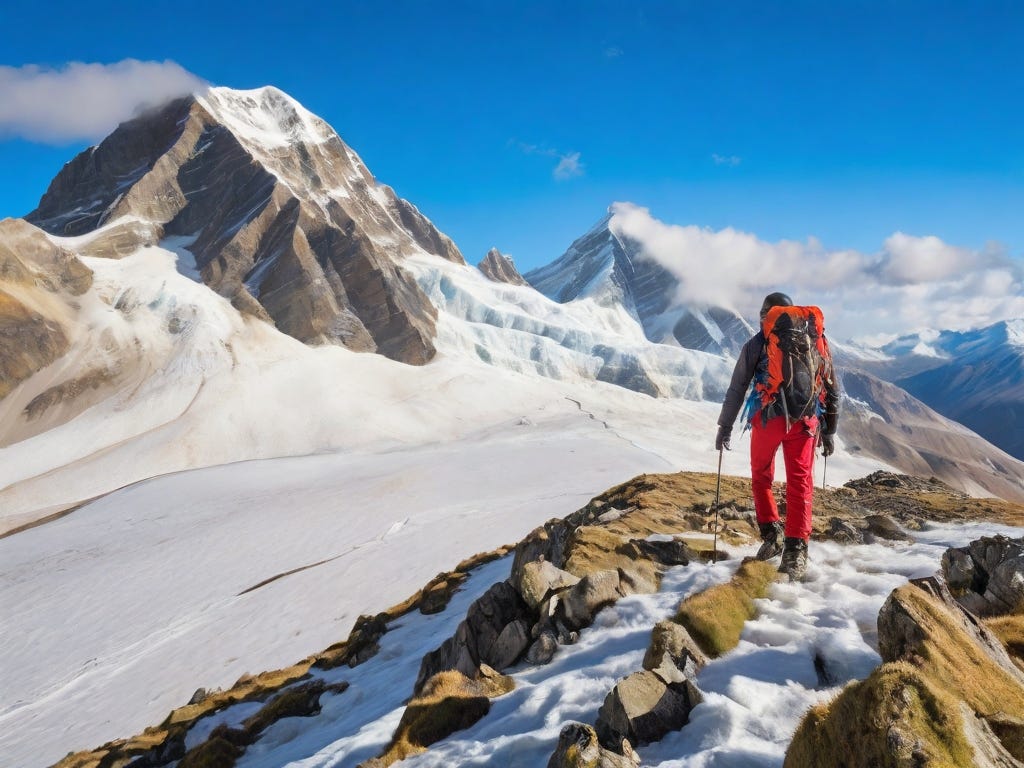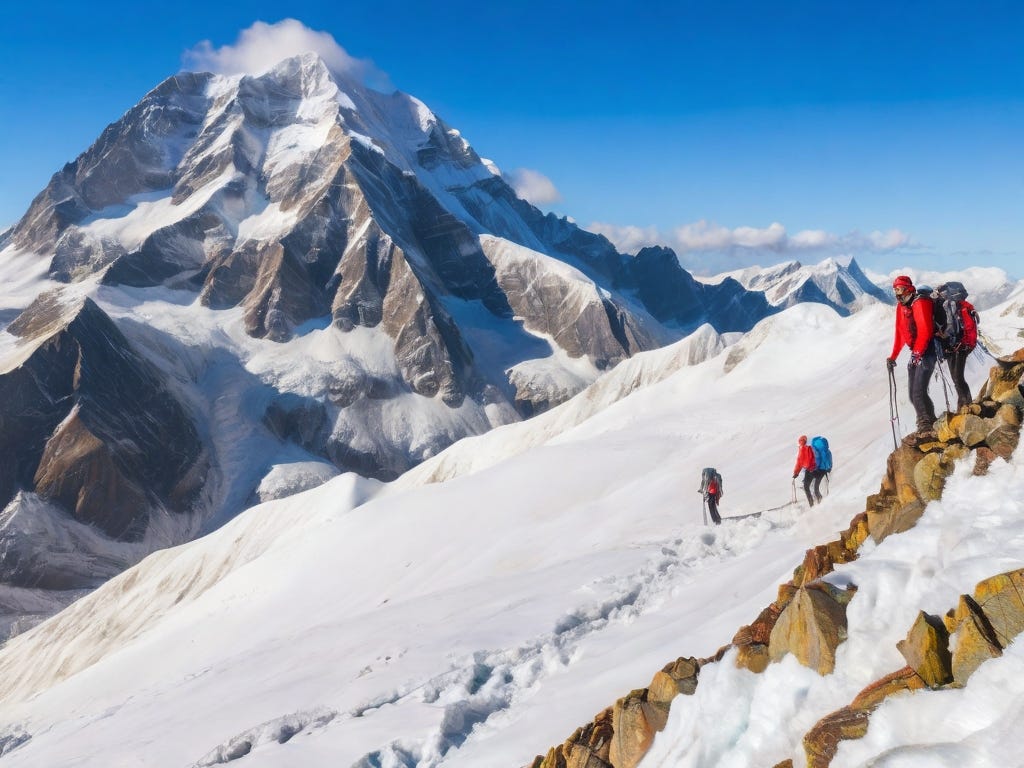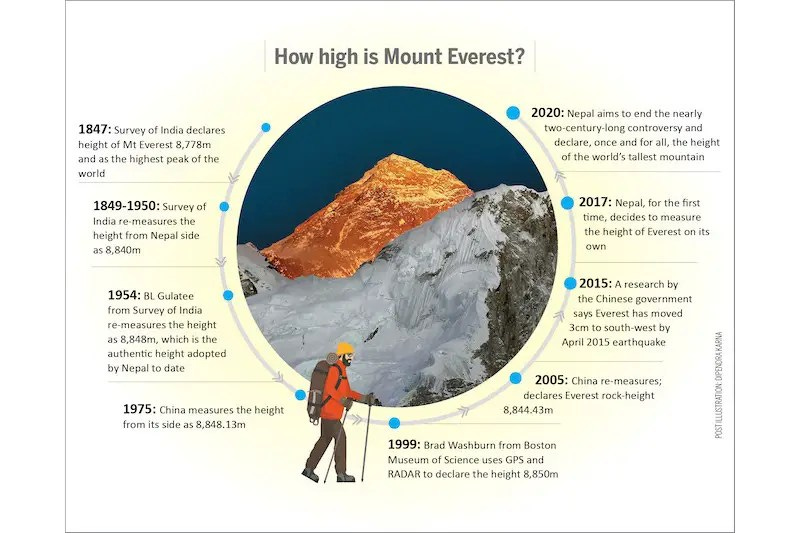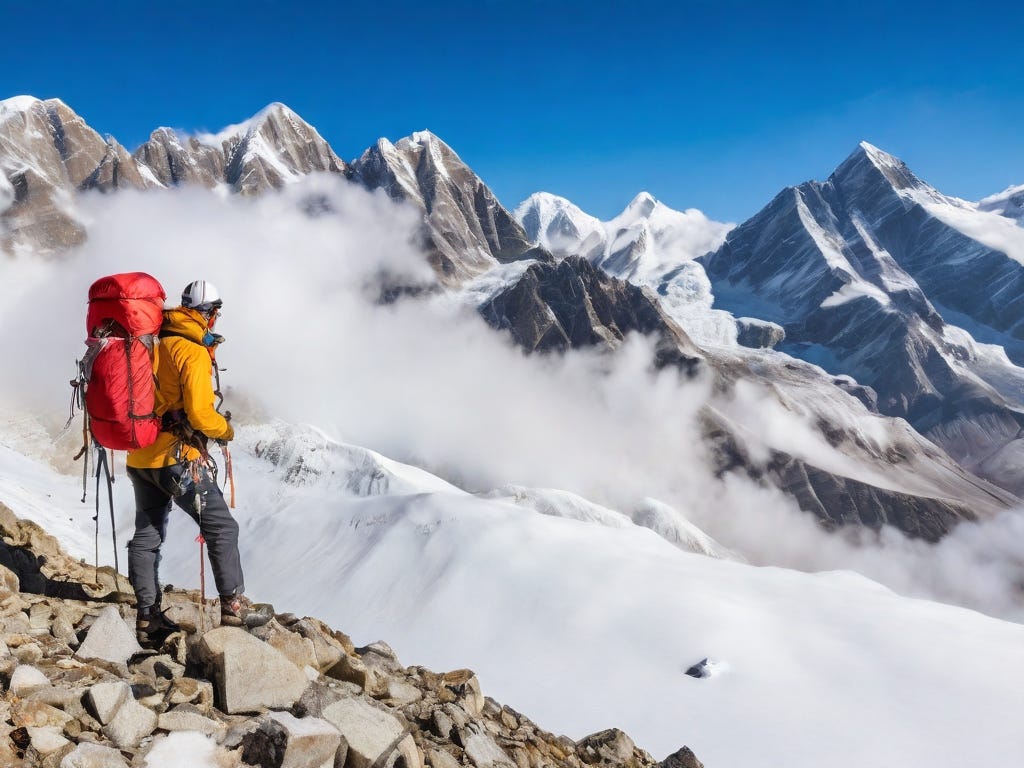Scaling New Heights: The Ultimate Guide to Mountaineering Season in Different Regions
Unlock the secrets of mountaineering season across the globe - a thrilling journey awaits, from icy peaks to sun-drenched summits!
Image courtesy of Valentin Antonucci via Pexels
Scaling new heights through mountaineering is a thrilling and adventurous pursuit, but one that requires careful planning and consideration.
Among the many factors to take into account, one of the most critical is choosing the best time of year to embark on your mountaineering journey.
Different regions around the world have their own unique climatic conditions and optimal seasons for conquering their majestic peaks. In this authoritative guide, we will explore the best time of year to go mountaineering in various regions, ensuring you make the most of your expedition while prioritizing safety and success.
North America
Rocky Mountains: When it comes to mountaineering in the Rocky Mountains, the best time frame to plan your expedition is during the late spring and early summer months, typically from May to July. This period offers relatively stable weather conditions, allowing for safer ascents.
However, it's crucial to monitor the weather reports and be prepared for sudden changes in mountainous terrain.
For the optimal experience, consider scaling peaks like Longs Peak in Colorado, Mount Rainier in Washington, or Gannett Peak in Wyoming, each within the recommended season.
Sierra Nevada Range: The Sierra Nevada Range in California offers a unique mountaineering experience year-round, but each season presents its own set of challenges and rewards.
Spring and early summer, from April to June, provide ample opportunities to enjoy pleasant temperatures and witness stunning wildflower displays.
Late summer and early fall, from July to September, boast warmer weather but require careful planning to avoid forest fires and thunderstorms. Winter mountaineering in this region is highly advanced and suited for experienced climbers.
Notable peaks to tackle include Mount Whitney, Half Dome, and Mount Shasta, depending on the season
.
Alaska Range: Mountaineering in the Alaska Range can be a thrilling adventure, but it's essential to be aware of the limited window of opportunity. The best time to conquer these majestic peaks is typically during the short summer months, from June to August.
During this period, daylight is abundant, and the icy terrain becomes more accessible. However, extreme and rapidly changing weather conditions are common, so climbers must be well-prepared and have sturdy equipment.
Mount McKinley (Denali), Mount Foraker, and Mount Hunter are among the must-see summits in this region but require careful planning and experienced guides.
Europe
The Alps: The Alps offer a wide range of mountaineering opportunities across different regions, each with its distinct climbing seasons. The best time to conquer these iconic peaks is generally during the summer months, from June to August.
During this period, the weather is generally more stable, offering climbers better visibility and a reduced risk of avalanches. Switzerland's Matterhorn, France's Mont Blanc, and Italy's Dolomite Mountains are among the renowned peaks that attract climbers during these months.
It's vital to consult local guides and carefully assess the specific conditions of each mountain before embarking on your ascent.
Scottish Highlands: Mountaineering in the Scottish Highlands requires careful consideration of the highly changeable weather conditions. The optimal time for climbing is typically during the late spring and early summer, from April to June.
During this period, cold temperatures persist, but the milder weather offers better climbing conditions. It's crucial to be prepared for sudden storms, limited visibility, and challenging navigation.
The peaks of Ben Nevis, Cairn Gorm, and The Cuillin provide thrilling mountaineering experiences during this season but require proper skills and gear.
Caucasus Mountains: Located between Europe and Asia, the Caucasus Mountains offer a unique mountaineering experience characterized by breathtaking landscapes and rich cultural heritage.
The preferred time for mountaineering in this region is from July to September when the weather is generally more suitable for climbing. However, it's important to account for regional variations and consult local experts for specific peaks and routes.
Elbrus, the highest peak in Europe, along with Mount Kazbek and Mount Ushba are prime destinations to consider during the recommended season, offering a blend of natural beauty and cultural encounters.
Asia
Himalayas: The Himalayas, home to some of the world's most formidable peaks, require careful consideration of the monsoon season.
The most ideal months for mountaineering in this region are typically May, September, and October. During these months, the weather tends to be relatively stable, ensuring better climbing conditions and higher success rates.
However, climbers must remain vigilant and be prepared for low oxygen levels and extreme altitude. Peaks such as Everest, K2, and Annapurna are among the Himalayas' most iconic summits and attract climbers within these sought-after periods.
Image courtesy of via Google Images
Japanese Alps: The Japanese Alps offer diverse mountaineering experiences, from challenging climbs to scenic treks. The recommended season for mountaineering in this region is during the summer months, from July to September.
During this period, hikers can enjoy temperate weather and the opportunity to witness Japan's natural beauty at its finest. Peaks like Mount Fuji, Mount Hotaka, and the Northern Alps provide incredible vistas and cultural experiences throughout this season, but it's important to ensure you have the necessary permits and follow local regulations.
Central Asian Mountain Ranges (Tian Shan, Pamir, Altai): Spanning across several countries, including Kazakhstan, Kyrgyzstan, Tajikistan, and Mongolia, the Central Asian mountain ranges offer a truly off-the-beaten-path mountaineering adventure.
The preferred months for mountaineering in these regions are typically from July to September when the weather is relatively stable, and the snow has melted, making the terrain more accessible.
Peaks like Khan Tengri, Lenin Peak, and Belukha Mountain showcase the stunning beauty and hidden gems of Central Asia during this season, with experienced climbers being rewarded by transcending borders and exploring unique landscapes.
Choosing the right time to embark on your mountaineering journey is crucial for a successful and safe expedition. Each region presents its unique challenges and opportunities, and understanding the optimal mountaineering seasons in different parts of the world is key to planning an unforgettable adventure.
Remember, safety should always be a top priority, so consult local guides, assess weather conditions, and ensure you have the necessary skills and equipment before embarking on any mountaineering expedition.
Whether you're scaling the Rockies, conquering the Alps, or exploring the Himalayas, the world's diverse mountains await, providing endless opportunities to challenge yourself, soak in breathtaking views, and create lifelong memories.








